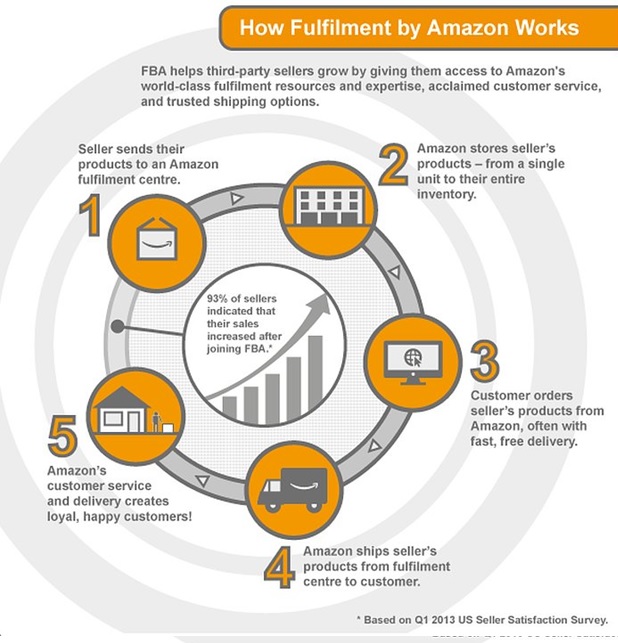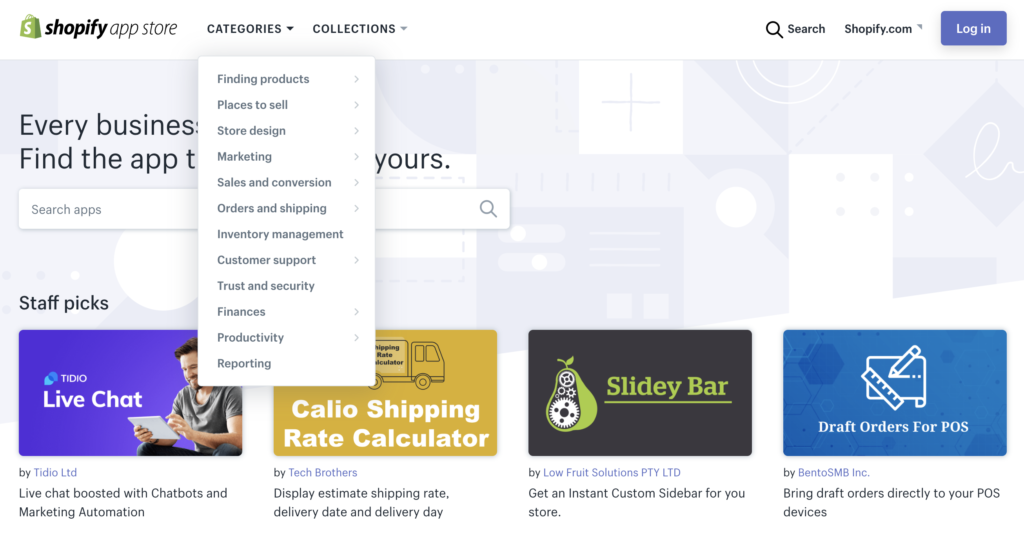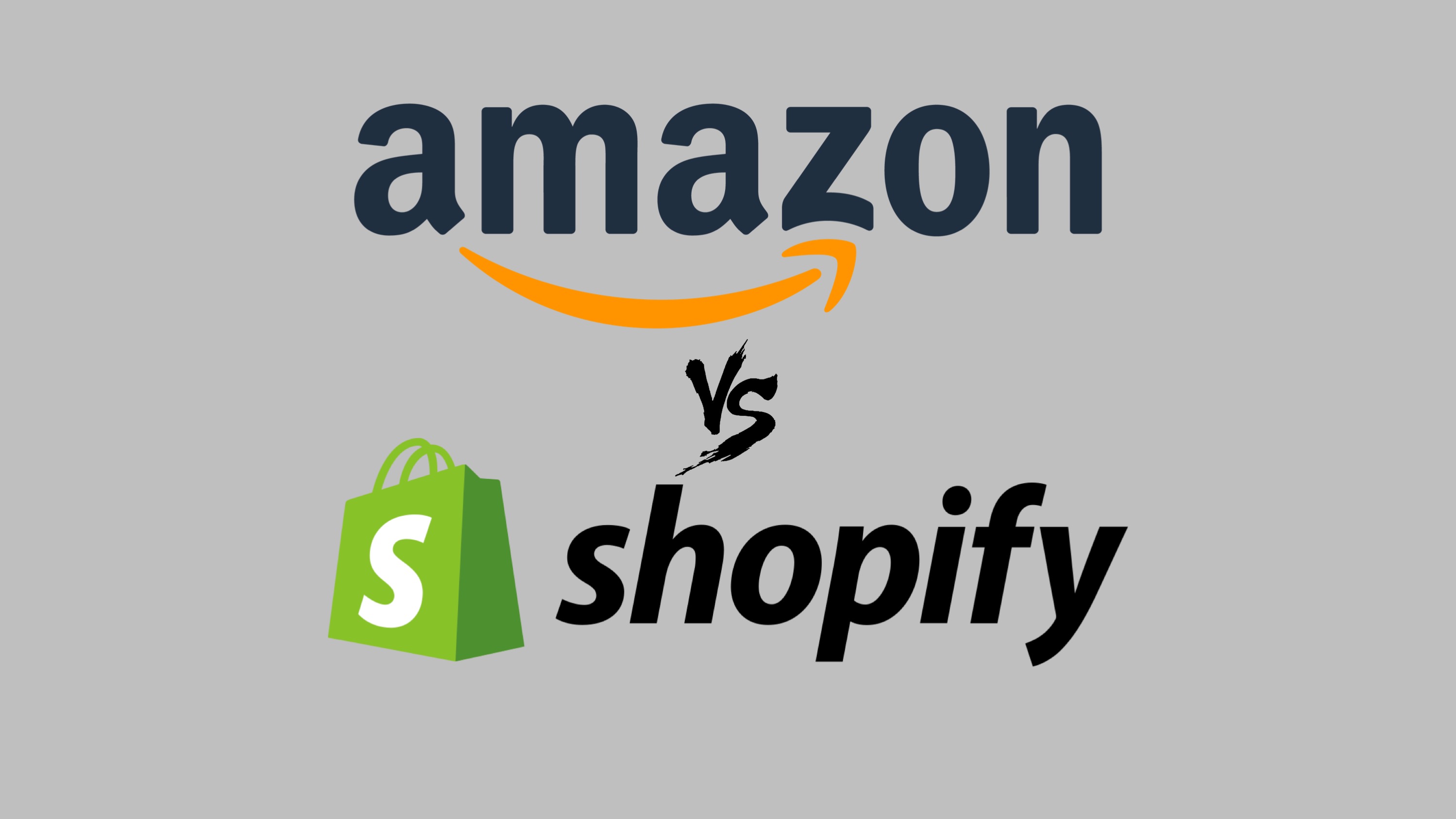Shopify is seldom compared to Amazon for obvious reasons, they aren’t exactly direct competitors; one is a eCommerce technology platform while the other is an eCommerce retailer. At time of writing, $SHOP has a $45bn market cap and $AMZN has a $990bn market cap making them vastly different in size as well.
However, Shopify’s business model enables hundreds of thousands of direct “Amazon competitors”, making Shopify somewhat of an indirect competitor to Amazon.
A recent announcement by Shopify may have given them the potential to compete in the same league as Amazon.
Let’s take a closer look.
Amazon Commoditizes Merchants
The backbone of Amazon’s eCommerce growth is situated on the Fulfilled by Amazon, or “FBA”, business model. Most consumers don’t even realize that half of stuff sold by Amazon are actually 3rd party merchants simply using Amazon’s infrastructure. These 3rd party merchants are responsible for sourcing, labeling and sending merchandise to Amazon’s warehouse. From there Amazon handles the sale (on their website), fulfillment and even customer service.

Amazon lays tight controls over what merchants can and can’t do, which makes it very difficult for most merchants to stand out from one another. Merchants are also barred from trying to directly contact customers who bought their product on Amazon’s website. This makes it impossible for merchants to form any sort of relationship with their customers.
As a result, consumers buy products from Amazon, not knowing who the brand is, where it came from and usually just relying solely on reviews and Amazon search results. From a consumer’s perspective, if you don’t already recognize the brand, chances are you will never remember the “brand” of product that you purchased on Amazon. You will just remember that you bought the product on Amazon.
A recent Tweet from Chris illustrates just how bad it’s gotten:
Looks like someone on Amazon is using monkeys on typewriters to come up with new sneaker brands. pic.twitter.com/OxPKaRaCEx
— Chris Sacca (@sacca) July 13, 2019
Sure, if you’re Nike, Amazon simply acts as just another retail sales channel and consumers will obvious recognize and remember Nike’s products on Amazon.
But a business trying to grow a new brand would have a hard time doing so on Amazon FBA. Most merchants on Amazon are simply just an extension of Amazon with zero leverage/bargaining power. This is eerily similar to Walmart and what happened to many of it’s suppliers (see: The Walmart Effect).
Shopify’s Ecosystem and Network Effects
Shopify also helps merchants’ sell online, but has an entirely different approach and business model. Shopify has an entire ecosystem of apps, developers, designers and marketers who’s sole mission is to help merchants sell online and build their business.

This creates a powerful network effect that is similar to that of Apple’s App Store. The more merchants on Shopify, the more developers are incentivized to create Shopify apps. The more Shopify apps and developers there are to help merchants, the more incentivized merchants are to sell using Shopify. This network effect has become increasingly obvious with Bold Commerce, the largest Shopify app developer, recently raising $22m to scale their growth.
This model is much more merchant-friendly, which will come in handy with the rise of successful direct-to-consumer (DTC) brands, making it more sustainable for merchants, compared to selling on Amazon FBA.
Shopify’s eCommerce ecosystem was almost complete, however there was one key piece that was missing…
The Missing Piece of the Puzzle
Recently, Shopify announced The Shopify Fulfillment Network, a distributed network of third party logistics companies. The key term is the “distributed network” which is very different from Amazon FBA, which controls the entire fulfillment process.
Shopify’s intended model will allow merchants and logistics companies better access to each other by providing a centralized user interface connecting them. This will enable both 3PLs and merchants to stay independent and continue to grow their businesses while being seamlessly integrated.
If executed well, this is truly a game-changer that can launch Shopify into the same realm as Amazon in terms of eCommerce. Shopify will be able to offer virtually everything that Amazon FBA offers to merchant while allowing them to keep their brand identity and build a more sustainable business.
Bottom line is, Amazon uses merchants while Shopify enables them.
While Amazon fishes for the merchants, giving them a cut of the catch, Shopify gives merchants a boat and a fishing rod so they can catch their own fish.
Shopify focuses on helping merchants build a sustainable business, which is mutually beneficial. Not to mention there is a network effect that is brewing between their app store and third party developers/designers.
I firmly believe the Shopify’s business model has some serious runway for growth and will eventually be considered a formidable competitor to Amazon.
Do you sell on Shopify? Amazon FBA? Both? Let me know your thoughts in the comments!
Hi there! I’m Jay Vasantharajah, Toronto-based entrepreneur and investor.
This is my personal blog where I share my experiences building businesses, making investments, managing personal finances, and traveling the world.
Subscribe below, and expect to get a couple of emails a month with some free, valuable, and actionable content.





2 thoughts on “Why I’m Bullish on Shopify Becoming A Formidable Amazon Foe”